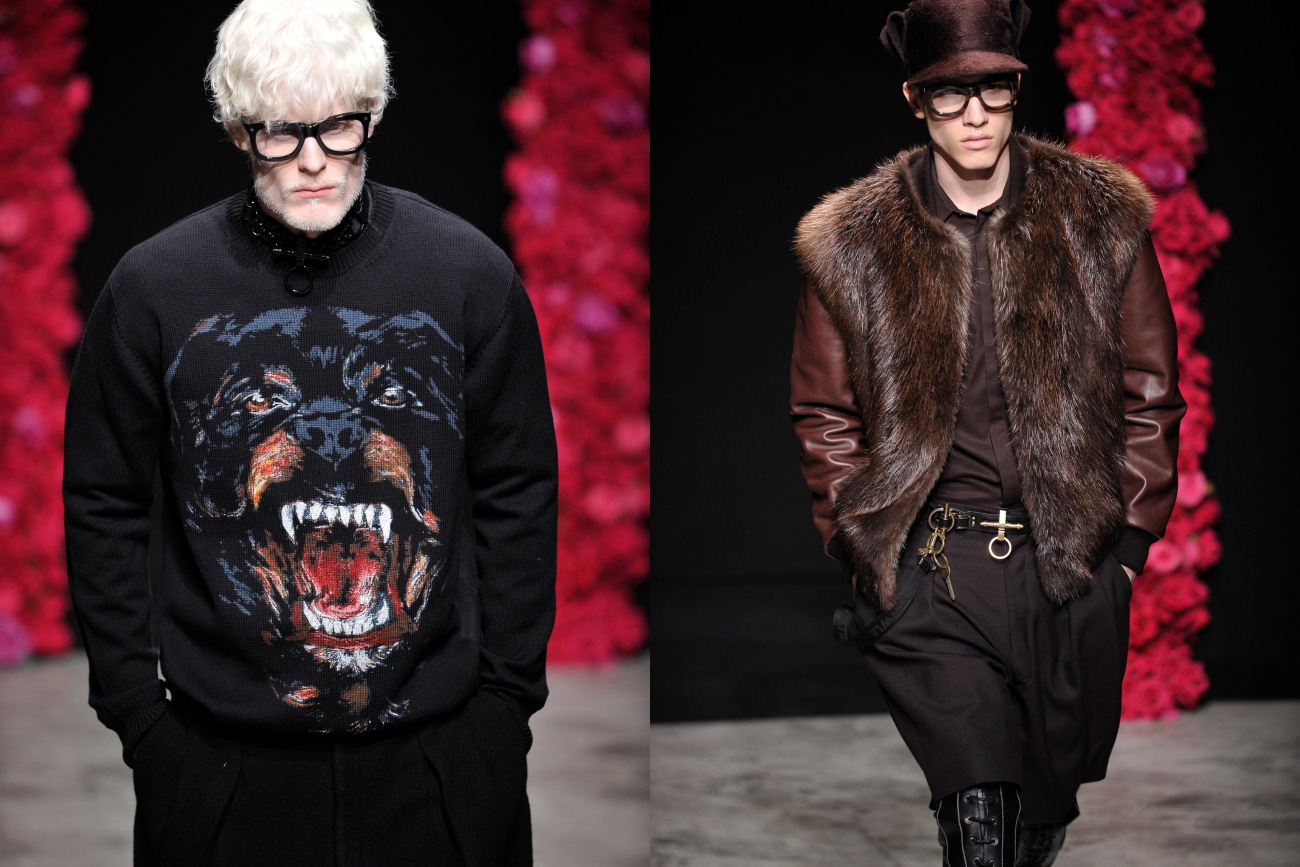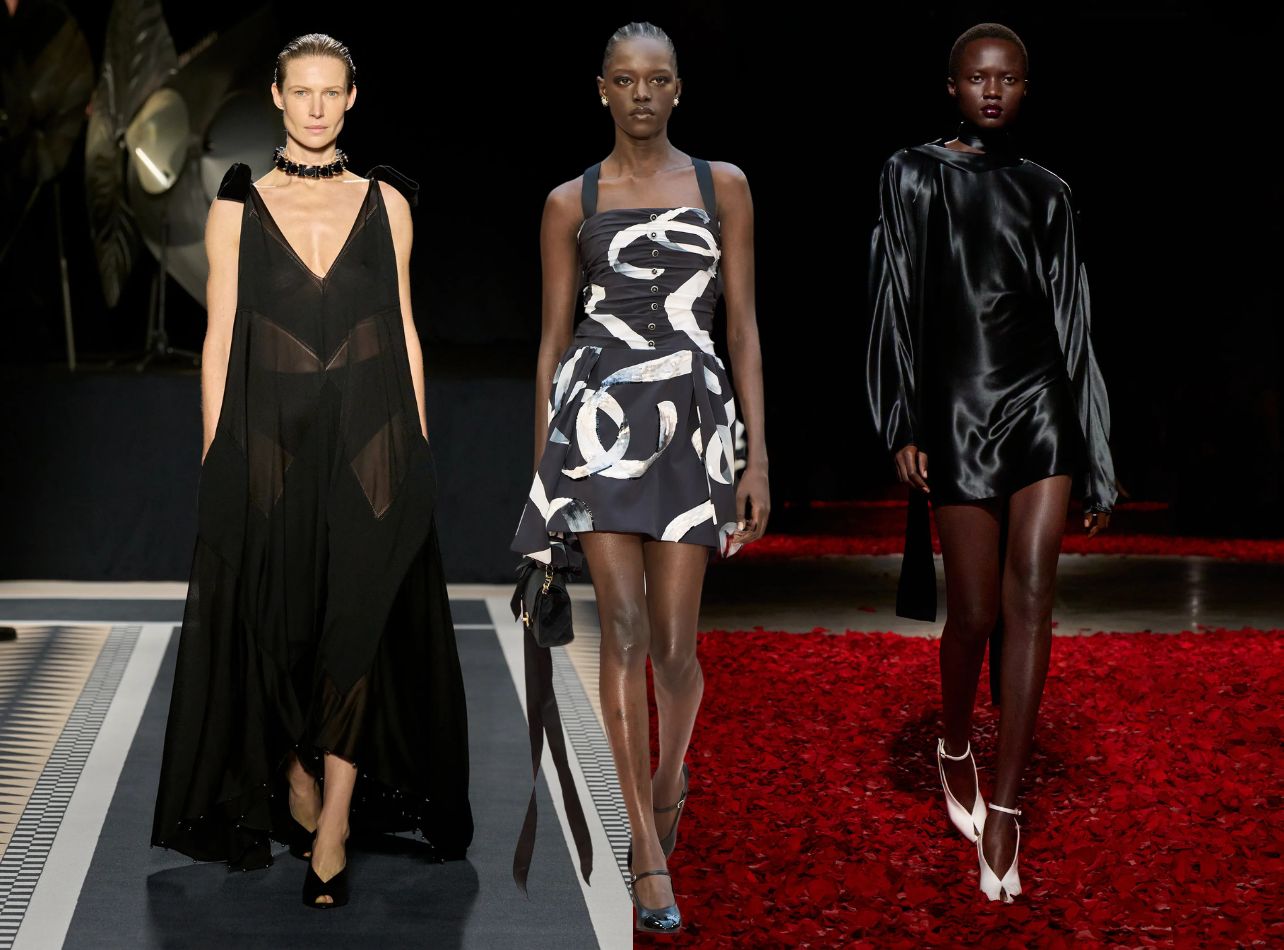Roy Halston Frowick, known mononymously as Halston, occupies a singular place in the history of American fashion. Emerging in the 1960s first as a prodigious milliner, Halston soared into prominence by designing the iconic pillbox hat worn by Jacqueline Kennedy at John F. Kennedy’s 1961 inauguration. However, it was his evolution into womenswear that allowed him to form the foundation of what would become an indelible legacy. Halston spoke the language of modernity, fluidity, and understated glamour—qualities that redefined the American aesthetic and forever shifted the trajectory of the fashion industry.
Minimalism as Innovation: The Language of Simplicity
Before Halston, American fashion was dominated by haute couture, where opulence and elaborate adornment were the hallmarks of luxury. Halston challenged these established norms, pioneering a minimalist aesthetic that honored the human form and rejected unnecessary ornamentation. His signature creation was the bias-cut dress—a design that not only hugged a woman’s figure but appeared to set it free. Employing materials like ultrasuede, jersey, and chiffon, Halston crafted apparel that flowed, swayed, and felt airy on the wearer. This groundbreaking shift in materials and silhouette defined a new kind of practical luxury, distinguished by its comfort and sophistication.
Many fashion chroniclers point to Halston’s 1972 ultrasuede shirtwaist dress as a pivotal event. Its straightforward design, washable material, and accessible elegance appealed to all societal levels, achieving sales in the tens of thousands. By infusing comfort into high-end fashion, Halston paved the way for all subsequent trends in American sportswear and minimalist design, impacting creators from Donna Karan to Calvin Klein.
The Halstonettes: Inclusivity and Portrayal
Perhaps no other designer of his era cultivated a more inclusive image than Halston. His atelier and social circle, dubbed the “Halstonettes,” reflected a progressive vision for representation in fashion. He dressed a multicultural coterie of models and muses—such as Pat Cleveland, Alva Chinn, and Beverly Johnson—years before the industry’s wider embrace of diversity. Halston’s shows, often staged in intimate settings or at the Pierre Hotel, foregrounded these women’s personalities and grace, projecting a new and relatable ideal of beauty to the world. This approach not only amplified emerging supermodels but also set a cultural precedent for diversity as essential to fashion’s vibrancy.
The Studio 54 Era: Redefining Glamour and Celebrity Culture
The partnership between Halston and the nightlife of Studio 54 in the late 1970s is legendary. He understood the power of association, and artfully melded fashion with celebrity culture. Dressed in his designs, stars like Liza Minnelli, Bianca Jagger, and Elizabeth Taylor embodied an aspirational lifestyle associated with freedom, hedonism, and glamour. Halston’s clothes became synonymous with the disco era—fluid, shimmering, and sensuous, perfectly attuned to the mesmerizing nightlife of the time.
This intersection between brand and celebrity would become a defining feature of American fashion for decades. Modern designers frequently look to Halston as the archetype for building a lifestyle brand that is inseparable from entertainment, fame, and media.
Business Innovation: Licensing and the Birth of Lifestyle Branding
Beyond mere aesthetics, Halston blazed a trail in the realm of licensing, establishing a novel framework for brand growth. A pivotal moment arrived in 1983 with his groundbreaking $1 billion licensing agreement with J.C. Penney, marking a monumental transformation. Halston became the inaugural prominent designer to introduce haute couture to the mass market, foreshadowing today’s partnerships between upscale brands and retail behemoths like Target or H&M.
However, the inherent dangers of widespread licensing became evident as Halston’s elite clientele turned away from the designer, perceiving his move as a “descent into the mass market.” This ultimately led to his removal from his own brand—a situation often referenced in business education as a cautionary example. Consequently, Halston’s professional journey serves as a crucial case study on the intricate equilibrium between maintaining exclusivity and achieving broad appeal in fashion branding.
Contemporary Reverberations: Halston’s Enduring Impact
The contemporary fashion landscape—characterized by its minimalist aesthetic, inclusive approach, celebrity influence, and accessible luxury—owes a significant portion of its foundational principles to Halston’s pioneering innovations. The renewed presence of vintage Halston attire at high-profile events, biographical films chronicling his journey, and ongoing tributes from prominent American designers all underscore his enduring and dynamic impact. Fashion labels are increasingly adopting the principles Halston championed: the importance of superior craftsmanship, the power of media integration, and the necessity of catering to a broad spectrum of consumers.
Fashion’s shifting landscape, toward both sustainability and accessibility, owes a debt to Halston’s early advocacy for functionality without compromise. His aesthetic persists in the draped gowns of emerging designers; his business strategies echo in modern collaborative collections; his belief in diversity has become not just celebrated, but expected.
Halston’s Lasting Mark
Halston’s story is that of a visionary who anticipated—and frequently precipitated—each wave of transformation in American fashion. His minimalism offered freedom; his democratization of luxury fostered inclusivity; his marketing ingenuity redefined what a fashion label could achieve. The garments he created were more than trends; they became enduring symbols of self-assurance and American modernity. In the continuum of fashion’s evolution, Halston’s contributions remain a source of inspiration and instruction, resonating across generations and reminding us of the enduring power of simplicity, inclusivity, and innovation.



